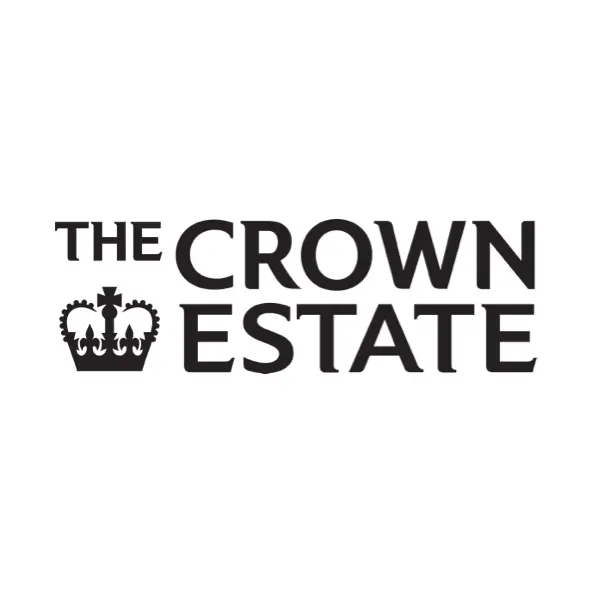genericSection
Data > Data Strategy_HERO
Data
Strategy.
Optimise the relationship between business outcomes & data initiatives.

Page Hero Image Overlap
False
grid
Grid Four Columns - DataStrategy
How we help.
We help you create a clear data narrative for your business, along with a roadmap to guide your transformation. Here’s some of the typical customer challenges and opportunities we see.
DataStrategy - Element - Competitors
Our competitors are increasingly investing in data. We know we should do the same, we’re just not sure where to start.

False
DataStrategy - Element - Buzzwords
How should we react to the latest data buzzwords and trends? Do we need to ‘do’ AI and machine learning?

False
DataStrategy - Element - Invest
We’ve invested heavily in data and technology - but no one seems to be using it.

False
DataStrategy - Element - Acquisition
We’ve been through a range of acquisitions and need to unify our strategies and ways of working.

False
DataStrategy - Element - Innovation
We can get ahead of our competition by investing in data early, using it to steer innovation and operating efficiency.

False
DataStrategy - Element - Connect
We understand data but it could do more for us: we don’t connect it well with our business strategy.

False
DataStrategy - Element - Customer
We need to know what a ‘good’ customer looks like – and what a ‘great’ customer looks like.

False
DataStrategy - Element - Products
We want to get better at using data to develop new products and services.

False
0
Grid
Four Columns
White
Center
With Borders
Small Image
Default
genericSection
Empty-Space_White_LINKED
Empty Space
False
White
genericSection
Diagram_Our resources and capability - DataStrategy
Our approach to data strategy.
Linking and prioritising data initiatives against your business objectives.

Single Image
False
Black
genericSection
Data Strategy -ValueProp-DataVision
DataStrategy - Data Vision
Data vision.
Working closely with your business stakeholders, we design actionable data strategies that shape and guide your investments. We map data initiatives to business objectives - first identifying the data opportunity, then creating an over-arching data vision connected to business ambitions.
We take the time to understand what makes your organisation different, the challenges and opportunities you face, drivers for change in your industry and the evolving competitor landscape.

False
Value Proposition
False
Left
genericSection
DataStrategy - Maturity Assessment
DataStrategy - Maturity Assessment
Maturity assessment.
We then analyse your existing data maturity against our proprietary benchmarking tools and agree a target state to deliver on your data potential. As part of this, we collaboratively scope initiatives designed to accelerate maturity in a balanced way.

False
Value Proposition
False
genericSection
Data Strategy ValueProp-Roadmap
DataStrategy - Roadmap
Roadmap.
Using ideation and planning frameworks, we then create a roadmap to steer your data transformation, identifying a series of early initiatives to deliver rapid value and build momentum around the path to data-driven success.
We work with you to specify a set of initial data projects at a sufficient level of detail to create an actionable first step. We also help you create a high level investment case to accelerate internal sign off processes and socialise plans for leadership buy-in.

False
Value Proposition
False
Left
genericSection
What it means to you table - DataStrategy
How we work and what it means to you.
How it work & what it means to you.
| How we work. | What it means to you. |
|---|---|
| Definition of a clear narrative around the role of data in your organisation’s future. | Align your teams around a single vision for data and its relationship with your key business goals and objectives. Help stakeholders understand the potential and their role in driving data maturity. |
| Research & analysis: what your competitors are doing with data and the pace of change in your industry. | Understand drivers for change in your industry and the evolving competitor landscape. Take inspiration from success stories and avoid pitfalls. Create momentum. |
| As-is and to-be state definition. | Visualise the gap between current and future capability to support and drive investment cases, enrolling senior leadership in the journey. |
| Roadmap to target state, developed in collaboration with your internal programme leadership. | A clear view of the the primary work to be undertaken, the inter-dependencies of initiatives and activities and a well-specified set of recommended immediate first steps. A cohesive roadmap of workstreams and initiatives gives you a practical route to balanced data maturity build out. |
True
Base
False
genericSection
IN ACTION
DATA - DataStrat CaseStudy
GAP Group
Unlocking the power of data and analytics to accelerate growth.
Established in 1969, GAP Hire Solutions is the UK’s leading independent equipment hire company. With ten divisions and over 140 locations across the UK, they provide everything from diggers and tools to track mats and portable toilets.
GAP Group were looking for an experienced partner to design an effective, practical roadmap designed to build strong links between data value and business objectives. Our data consultants explored and analysed GAP Group’s business and competitive landscape to understand the opportunity for data-driven innovation. We collaboratively developed a set of candidate data projects linked to key domains like Informed Business, Better Consumer Conversations and Intelligent Decision-Making, delivering a data strategy and roadmap of initiatives for delivery over the next 2 years.

Logo- Data - Case Study - DataStrategy Services

Logo
False
Career Progression Services
False
Black
genericSection
Empty-Space_White_LINKED
Empty Space
False
White
Our customers.
Ascent works with over 170 businesses in the UK, Europe and North America. From global insurance, healthcare and retail to smart home devices, space exploration and cricket - we get to work with some of the sharpest minds in the brightest businesses.
genericSection
Explore our other data services - DataStrat
Explore our other services.
Mission And Values With Tiles
False
genericSection
Empty-Space_White_LINKED
Empty Space
False
White
genericSection
Lets get started section - Services DataStrat
Let’s get started.
We help you create game-changing insight, deliver pivotal data projects and build strong internal analytics capability.
Got a challenge in mind? We’re ready when you are.

Get In Touch
False




























